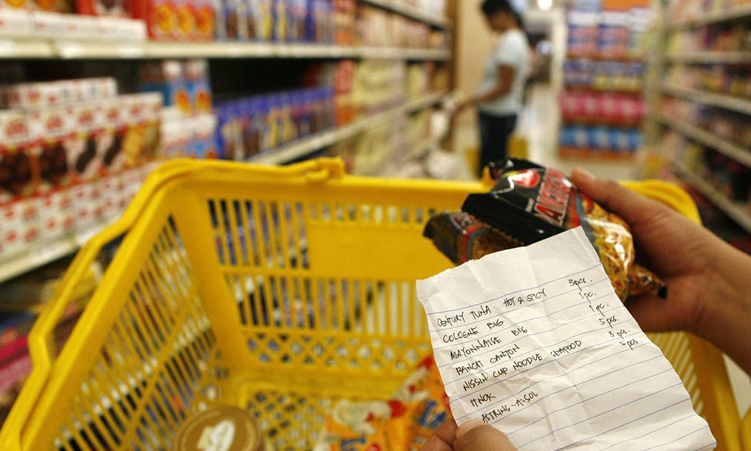If you have found yourself wincing at the grocery till, you’re not alone.
Despite headlines boasting of dropping production costs, the prices of essential food items remain stubbornly high.
The [South African] Competition Commission recently raised a red flag over this situation, and the working class is rightfully furious.
Let’s dig into why your loaf of bread and bottle of sunflower oil are costing more than they should – and why major retailers aren’t budging.
The South African Federation of Trade Unions (Saftu) and the General Industries Workers Union of South Africa (Giwusa) didn’t hold back in their criticism.
They’ve accused retailers of squeezing profits from both sides – low wages for workers and high prices for consumers.
Saftu called it profitability extracted from the working class, and to be honest, they’ve got a point.
Imagine earning a meagre wage, barely enough to cover the essentials, only to walk into a grocery store where prices feel like they’re mocking your salary.
It’s a grim situation for most South Africans, especially when top executives are making bank.
Consider this: Woolworths’ chief executive is reportedly pocketing R123 million annually, which is 1 308 times more than the lowest-paid worker at the company.
Meanwhile, the boss of Shoprite rakes in R65 million a year, 1 000 times more than their lowest-paid employee.
Even the Spar Group’s chief executive is cashing in, with R25 million annually, which is still 416 times more than its entry-level workers.
At the heart of the issue is the latest Essential Food Price Monitoring Report from the Competition Commission, which reveals that while the costs of producing key food items like wheat and sunflower oil are dropping, prices on store shelves remain unmoved.
Brown bread prices have gone up, sunflower oil prices are rock-steady, and don’t even get us started on the cost of eggs.
So, why aren’t these savings being passed down to you, the consumer? The report hints at retailers widening their profit margins, making it clear that the drop in production costs is lining their pockets instead of helping struggling families.
It’s like they’re playing a game of ‘rocket and feather’ – when costs rise, prices skyrocket, but when costs fall, prices drift down slower than a feather in a summer breeze.
The Pietermaritzburg Economic Justice and Dignity Group recently released data that further highlighted the crisis.
A nutritious food basket for a family of four now costs over R5 255, way out of reach for someone earning the minimum wage of R4 412.
In fact, economist Kagiso Zwane from the Competition Commission said food prices remain too high for households earning the bare minimum, despite cooling inflation and lower fuel prices.
It’s not all doom and gloom though.
The commission noted that the strengthening rand, lower fuel prices and easing inflation should eventually push food prices down.
But given the track record of retailers, let’s not hold our breath just yet.
For now, the Competition Commission is keeping a close eye on the situation.
It’s not triggering any major investigations yet, but as Zwane pointed out, “that option does exist going forward” if things don’t start improving.
– https://explain.co.za
Stay informed with The Namibian – your source for credible journalism. Get in-depth reporting and opinions for
only N$85 a month. Invest in journalism, invest in democracy –
Subscribe Now!






